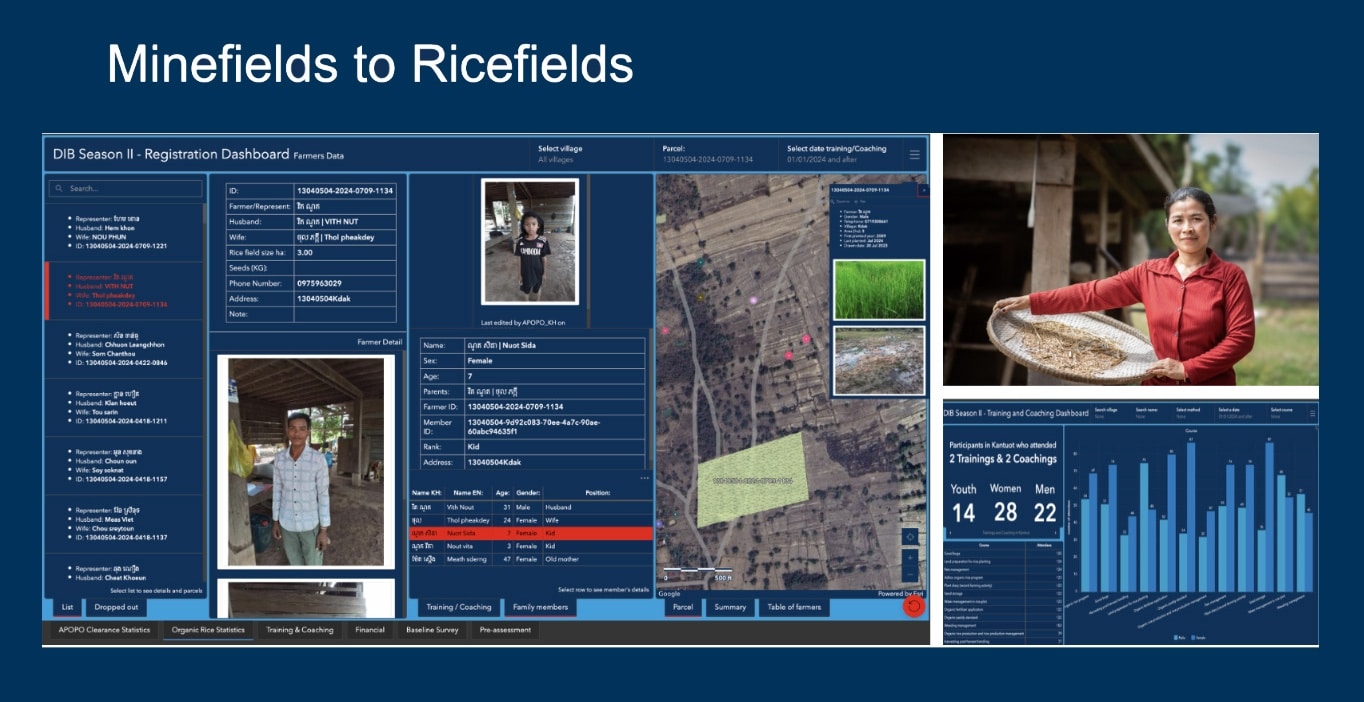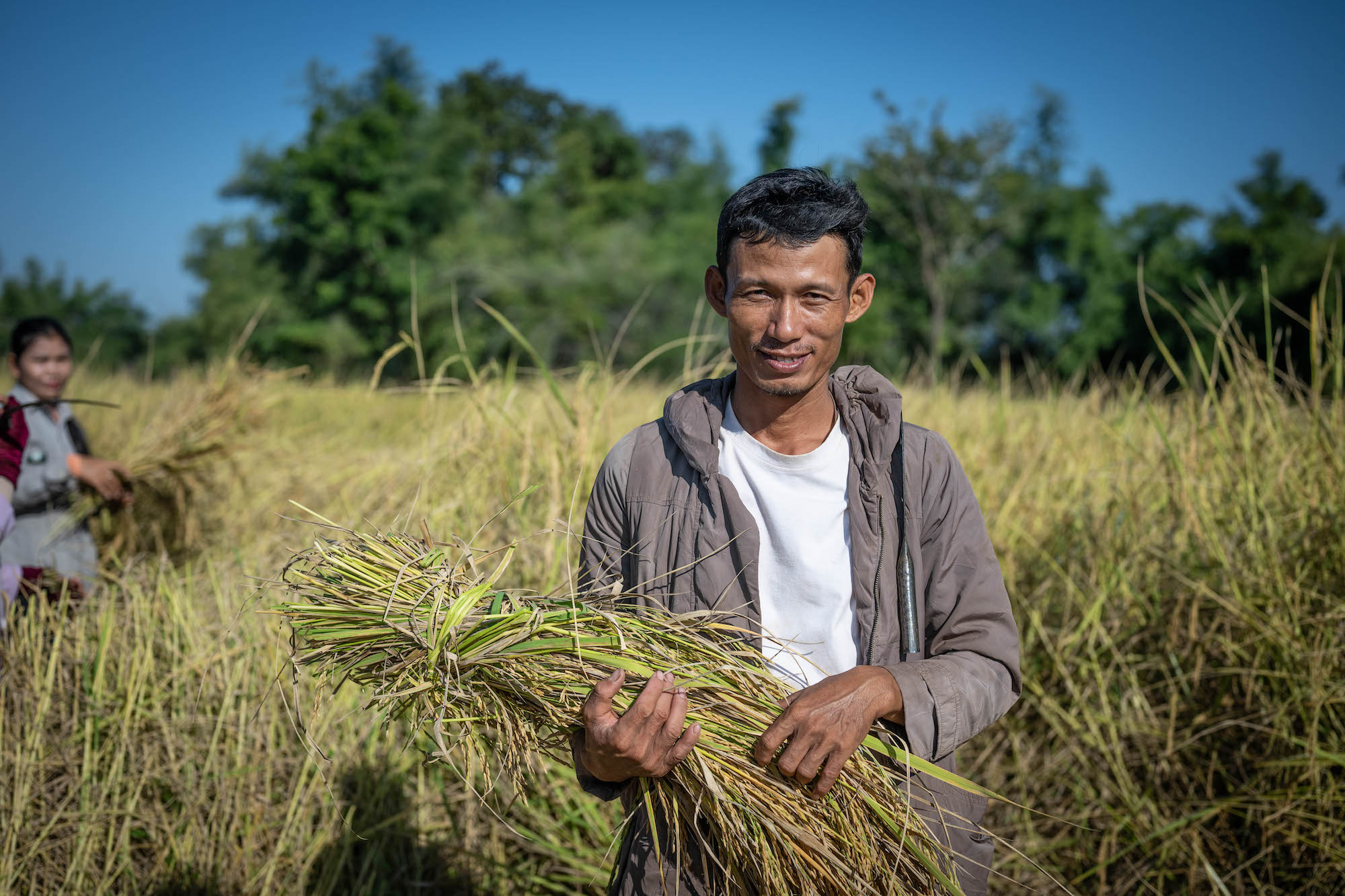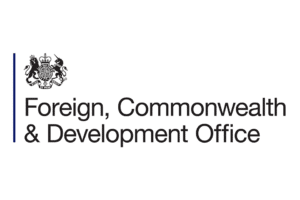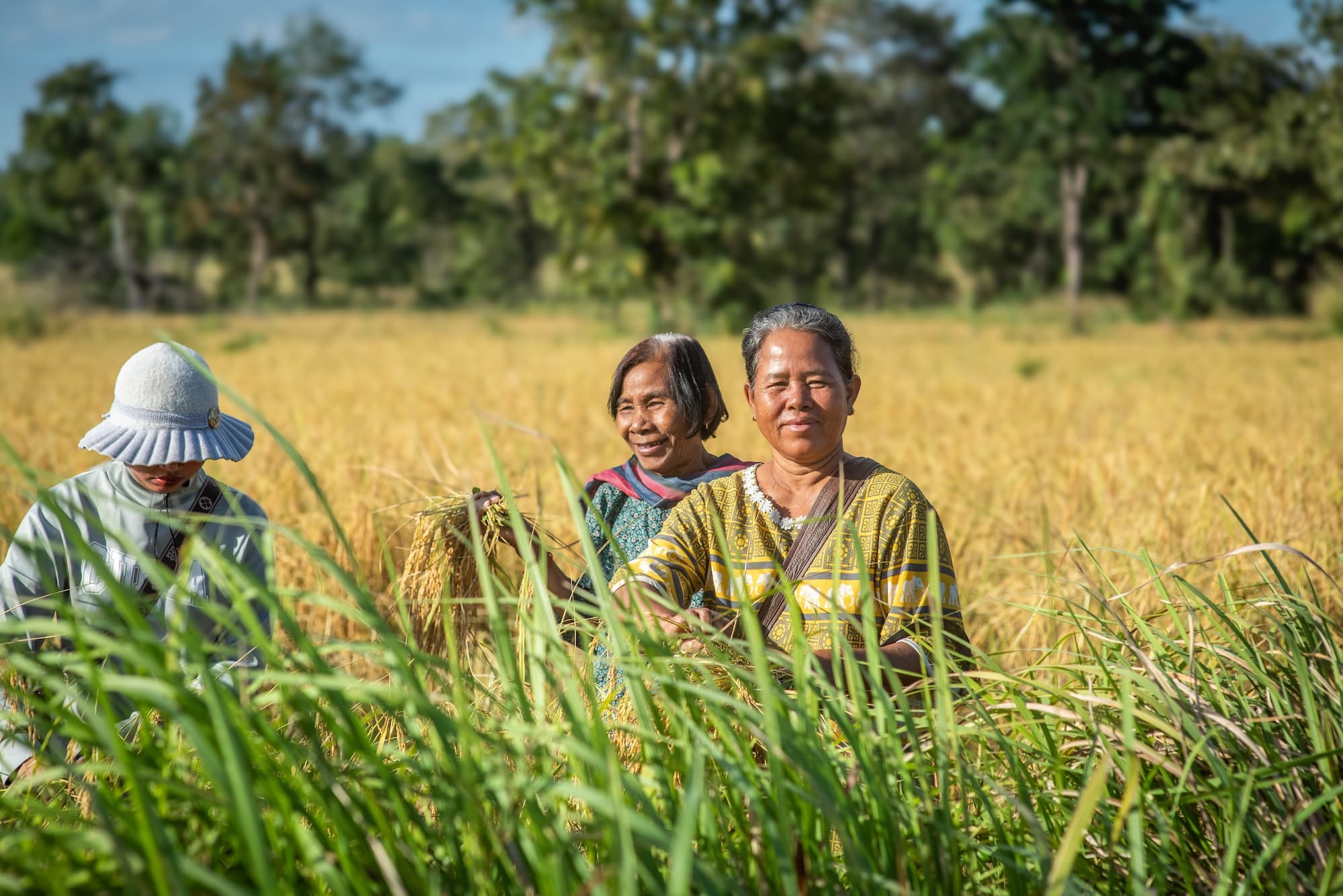In Preah Vihear, northern Cambodia, 45 new farming families are now cultivating 105 hectares of land that was once heavily contaminated with landmines. This marks the start of the third year of Minefields to Rice Fields — an APOPO project backed by a Development Impact Bond (DIB) that connects mine clearance with long-term agricultural recovery. To date, the initiative has supported 168 families and restored 285 hectares of productive farmland, directly benefiting 2,610 people.
A Results-Based Model with Real Impact

APOPO is among the first organizations to apply a DIB to mine action. Under this model, private investors provide upfront funding to implement the project, while an outcome funder — the UK’s Foreign, Commonwealth & Development Office (FCDO) — repays the investment only when independently verified outcomes are achieved. This approach ensures that funding is tied to real, measurable change.
The continued support of FCDO has enabled the project to expand year by year — increasing the number of families reached and land restored with each season.
Supporting Farmers on Cleared Land
This year’s families received organic rice seeds and agricultural support aimed at improving yields and generating income. Their progress is tracked by APOPO using ESRI dashboards — digital tools that collect and visualize data on land use, crop cycles, and productivity in real time. These dashboards help APOPO and its partners make informed decisions, monitor implementation closely, and transparently report on outcomes as the project progresses.
As part of the project’s agricultural expansion, APOPO has recently partnered with the Cambodian Institute for Research and Development (CIRD), a local organization with over 25 years of experience working with smallholder farmers across Cambodia.

Farmers like Sokken — a 38-year-old from Choam Khsant district — show what’s possible. After losing an aunt to a landmine and growing up surrounded by risk, Sokken can now safely farm land that was once inaccessible. Since joining the project, he has increased his annual rice yield to 60–70 tons, invested in machinery, and built a new home for his family. “That peace of mind is invaluable,” he says, knowing his children can now grow up free from the dangers he once faced.
Project Highlights
- 168 farming families supported
- 285 hectares of cleared, cultivated land
- 2,610 individuals directly benefiting
- Real-time agricultural monitoring via ESRI dashboards
What Comes Next?
As the third season unfolds, the Minefields to Rice Fields project continues to scale its model of post-clearance development — combining effective financing, agricultural expertise, and strong partnerships to turn previously hazardous land into a source of income and food security. The foundation is in place for deeper impact, guided by real outcomes and the experiences of the communities the project serves.


